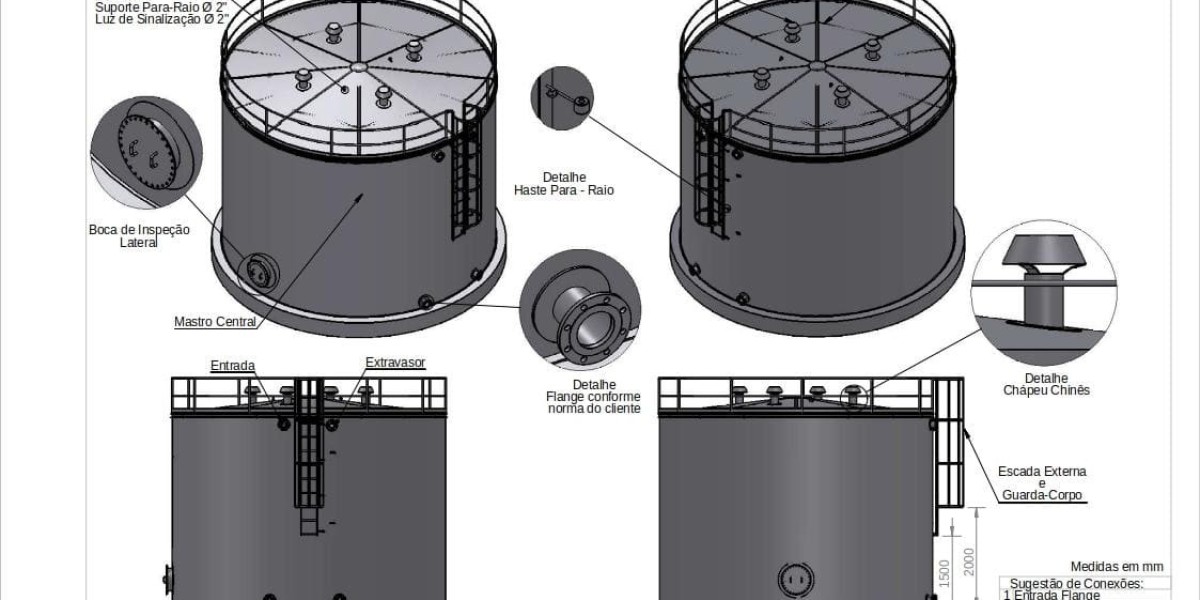In the realm of industrial automation, the proximity switch plays a pivotal role. These sensors are designed to detect the presence or absence of an object without physical contact. This capability makes them invaluable in various applications, from manufacturing to robotics.

What is a Proximity Switch?
A proximity switch is an electronic device that senses the proximity of an object, typically within a defined range. Unlike traditional mechanical switches, which require physical contact to operate, proximity switches utilize electromagnetic fields or light to detect objects. This non-contact operation enhances durability and reduces wear and tear.
Types of Proximity Switches
- Inductive Proximity Switches: These are used to detect metallic objects. They work by generating an electromagnetic field and sensing changes when a metal object enters this field.
- Capacitive Proximity Switches: These can detect both metallic and non-metallic objects, including liquids. They measure changes in capacitance caused by the presence of an object.
- Photoelectric Proximity Switches: Utilizing light beams, these switches detect objects by interrupting or reflecting light. They are ideal for applications requiring high precision.
How Do Proximity Switches Work?
The functionality of a proximity switch can be understood through its basic operational principles. When an object approaches the sensor, it triggers a response based on the type of switch. For instance, an inductive switch generates an electromagnetic field that collapses when a metal object enters its range, signaling the switch to activate. Conversely, a capacitive switch detects changes in capacitance, while a photoelectric switch relies on light interruption.
Applications of Proximity Switches
Proximity switches are widely used across various industries due to their versatility. Here are some common applications:
- Manufacturing: Used for automated assembly lines to detect the presence of components.
- Robotics: Essential for robotic arms to sense the position of objects.
- Automotive: Employed in vehicles for parking sensors and collision avoidance systems.
- Food and Beverage: Utilized in packaging machines to ensure proper alignment and positioning.
Benefits of Using Proximity Switches
There are numerous advantages to incorporating proximity switches into automation systems:
- Durability: With no moving parts, these switches are less prone to wear and tear.
- Speed: They provide rapid response times, enhancing overall system efficiency.
- Safety: Non-contact operation minimizes the risk of accidents in high-speed environments.
In conclusion, understanding the functionality and applications of proximity switches is essential for anyone involved in industrial automation. Their ability to detect objects without physical contact makes them a critical component in modern technology. For more information on industrial automation products, visit Jevmall Industrial Automation.








